Uniform, dependable linear illumination
Linear LED high bay lighting is used to achieve consistent coverage throughout a high bay space that is demanding in the performance, efficiency and reliability of the installed lighting systems. Available in an enormous diversity of variants, linear LED bay lights are created to address challenges of delivering uniform illumination, particularly in the longitudinal direction, while delivering dependable lighting in a wide array of applications. These fixtures are ruggedly constructed to withstand the extreme conditions that are often present in industrial environments. The linear design affords them to sport an architectural aesthetic. With a strategic blend of form and function, linear LED bay lights also thrive in commercial, retail, sports and recreational facility lighting applications.
Light fixture applications
Perhaps the most versatile of all industrial lighting fixtures, linear LED bay lights come in a vast variety of configurations. A choice of lumen packages controlled by optics with a suite of beam options enable them to accommodate different mounting heights and lighting requirements. Linear lighting fixtures are well suited to industrial applications such as production lines where a set linear sequence of mechanical or manual operations takes place.
Closely spaced tasks require uniform illumination along the entire run of the production line thus a consistent visual environment is maintained across different stages of the manufacturing or assembly process. Some linear bay lights can be integrated into trunking systems for continuous run applications. The seamless band of light is an essential need in not only industrial spaces but also indoor sports facilities where the visual perception of high speed playing targets can be distorted by poorly distributed light.
Despite the linear form factor, all possible light distribution patterns can be created with linear bay lights. Linear bay lights with wide beam optics can be more effective in illuminating large, open spaces than other types of high bay or low bay luminaires when they’re arranged in properly spaced rows.
Warehouse lighting
Warehouse lighting is a prominent application for linear LED bay lights. Warehouses and logistics facilities for industrial and commercial applications represent a major section of indoor or covered real estate. These facilities are used to accommodate storage, production or merchandising activities for business operations of every type. Such activities range from packaging and light assembly in industrial warehouses, shipping and receiving in logistics facilities, to mass merchandising in big box retail stores.
Open areas with no fixed hall layout can benefit from continuous runs of lighting provided by linear trunking systems, enabling the flexible positioning of equipment, shelving, pallets and goods. Confined spatial conditions, narrow traffic routes and high shelves are typical of warehouses that use rack systems. High vertical illuminance with homogeneous distributions is critical to optimal recognition of shelving content and accomplishing tasks such as packaging and shelf labelling. Horizontal illumination with uniform distribution along the length of the storage aisle should also be provided for safety and navigation. These optical design challenges can be adequately addressed by linear LED high bay lights, which are available in narrow distributions for rack aisle lighting, asymmetric and double asymmetric distributions for illuminating tasks in a vertical plane.
Design and engineering
A linear LED bay light has an extruded or die cast aluminum construction. It is usually an integrated fixture in which the aluminum housing itself acts as the heat sink and the linear LED modules are thermally interfaced and mechanically attached to the heat sink. The integrated design of high power systems may include a modular configuration in which multiple LED modules are electrically connected in parallel but optically and mechanically independent of each other. The modular design allows individual replacement of the LED assemblies and optics in case of failures or upgrades, eliminating the need for the whole luminaire to be changed. The LED driver is installed in a completely separate compartment or mounted outside the luminaire housing so that heat generated by the LED light engine will not be transferred to the high temperature sensitive driver circuit.
Wide light distributions can be achieved in absence of secondary optics or with a fully lensed diffuser. Tight beam control for narrow and asymmetric light distributions are often accomplished through the use of compound lens arrays made of acrylic for maximum light transmission or UV stabilized polycarbonate for high temperature resistance. Tempered glass lenses are used in lighting systems which are required to resist high ambient temperature, chemicals, detergents or corrosive elements that can otherwise degrade thermal plastic materials.
The aluminum housing is treated with a chemical chromatized protection before TGIC thermoset powder coating, ensuring high corrosion resistance. In wet locations and dusty environments, linear LED fixtures are usually sealed to a high ingress protection (IP) rating. To keep IP rating over the rated life of the product, these hermetically sealed luminaires are equipped with membrane vents for equalizing pressure differentials that can occur due to rapid, extreme or recurring temperature changes in ambient conditions.
Light source
Industrial linear LED light fixtures are available in a broad choice of lumen packages from 5,000 to 30,000 lumens, with luminaire efficacy ranging from 120 lm/W to 180 lm/W. How efficiently an LED bay light operates depends on the source efficacy, driver efficiency and optical delivery efficiency. Of these factors the LEDs play the most important role in achieving the efficiency expected from LED lighting.
Despite the availability of ceramic based high power LEDs and package-free CSP LEDs which are more robust in thermal and electrical performance, the industry still indulges in capitalizing on the high luminous efficacy of plastic leaded chip carrier (PLCC) LED packages. The use of the reflective plastic housing and leadframe significantly improves the light extraction efficiency, allowing the LED packages to achieve a luminous efficacy as high as greater than 200 lm/W. However, at high temperatures and over long operating times the thermoplastic resin that forms the package housing can discolor, crack, or delaminate due to thermal degradation and photo-oxidation, leading to rapid lumen depreciation and chromaticity shift. While ceramic and CSP LED packages are less efficient in light extraction, their excellent thermal stability afford them a useful life that is substantially longer than the plastic LED packages.
In heavy duty applications or operating environments with high ambient temperatures, LED packages with a robust construction often prevail in reliability and the ultimate return on investment.
Thermal management
Thermal management remains a challenge that must be conquered to ensure excellent lumen maintenance in high wattage LED lighting systems. A lower cost linear LED bay light tends to use fewer LED packages which are driven hard to achieve the required lumen output for the application. A trade-off is efficiency droop, in which power conversion efficiency decreases with the increasing current density. The reduction in efficiency causes more electrical power to be converted into heat, which can build up within the semiconductor package and lead to accelerated kinetics of thermal degradation if the thermal energy is not efficiently dissipated. Therefore, thermal management of an LED system involves controlling LED drive current in an optimal level so that thermal load will not outpace the heat transfer capacity of the thermal path. Vice versa, the thermal path must be dimensioned to handle the applied power load.
To achieve controllable junction temperatures, thermal resistance of every component along the thermal path must be minimized. A robust thermal path involves the formation of reliable solder joints as well as the use of low thermal resistance metal core PCBs, a high thermal conductive interface material (TIM), and a heat sink that provides high capacity conductive and convective heat dissipation.
Line and load regulation
The driver circuit for a linear LED bay light should be configured to convert the AC line voltage into an output matched to the electrical characteristics of the LED light engine. To meet the high efficiency requirements of commercial and industrial applications, the LED driver is designed as a switch mode power supply (SMPS). Typically, LED drivers for high power systems have a two-stage design which includes an active PFC stage and a DC-DC converter stage that is implemented by the SMPS.
Notwithstanding the high cost due to the increased parts count, two-stage LED drivers offer tremendous benefits when compared to single-stage LED drivers. These benefits include a higher circuit efficiency, lower current ripple (flicker) characteristics, the ability to realize a dimming range from 0 to 100% in almost every output current range, a lower electromagnetic interference (EMI) signature, and a wider operating voltage window that allows the luminaire to accommodate a universal voltage input, e.g. 120V-277V, 90V-305V or 347V-480V. Two-stage LED drivers also have greater robustness against power surges, which enables reliable operation of the driver and protects LEDs from working out of specification and under electrical overstresses.
Lighting control
Having the ability to adjust the light output is essential to maximizing the energy savings of lighting control strategies. Industrial and commercial LED lighting systems are dimmed using either the constant current reduction (CCR or analog dimming) technique or the pulse-width modulation (PWM or digital dimming) technique. The dimming circuitry can be controlled through various protocols, which including 1-10V, 0-10V, and DALI. The DALI protocol provides great flexibility. It allows for digital control of individual lights or groups of lights. The built-in dimming functionality allows an LED luminaire to be programmed for constant optical output (CLO) throughout the life of the product.
The move toward facility automation accelerated the integration of other automatic lighting control strategies such as occupancy control, daylight harvesting and time control into lighting fixtures. As connected lighting is taking off, LED lighting fixtures for industrial and commercial applications are incorporating intelligence and wireless connectivity to deliver extreme energy productivity, more effective and adaptive illumination.

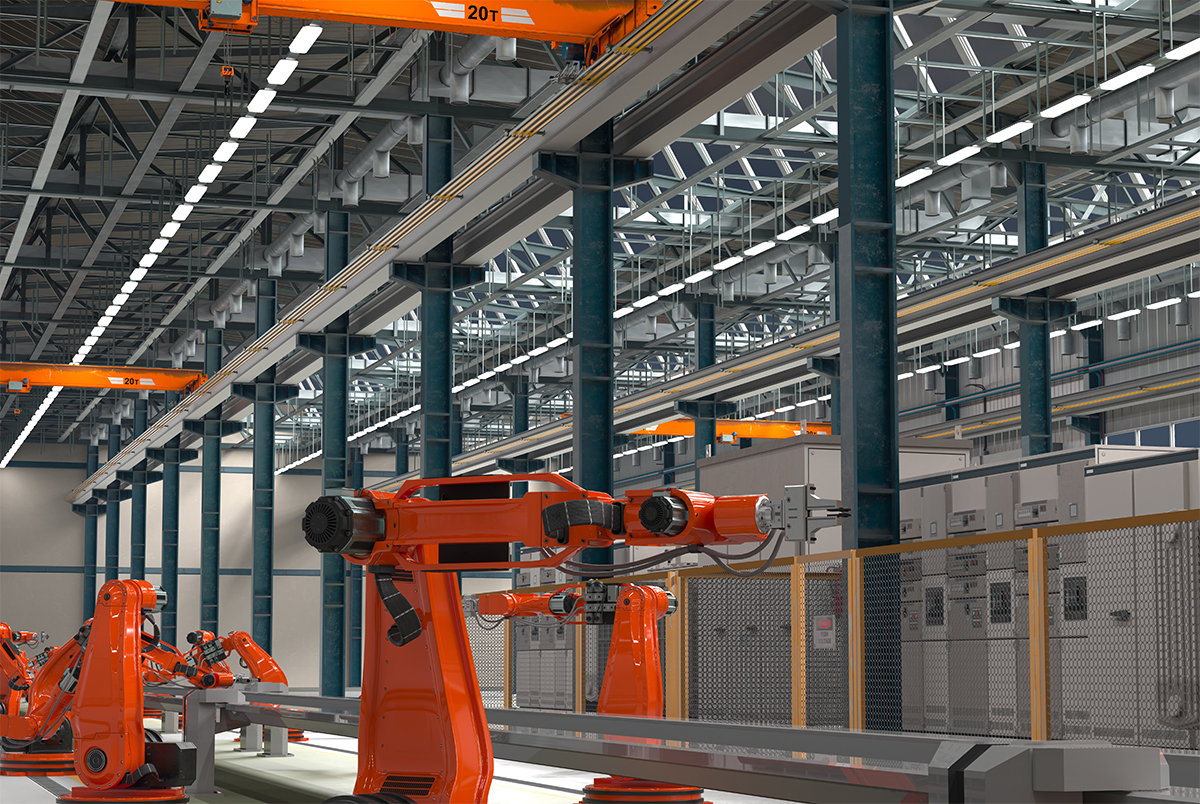
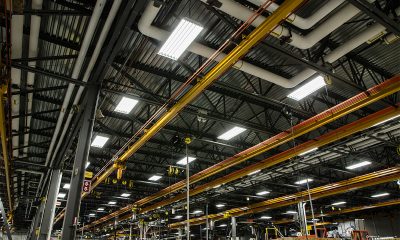

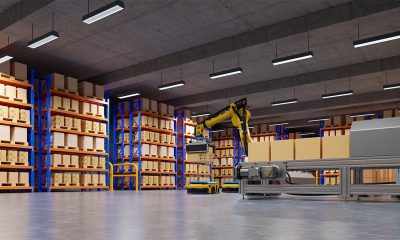
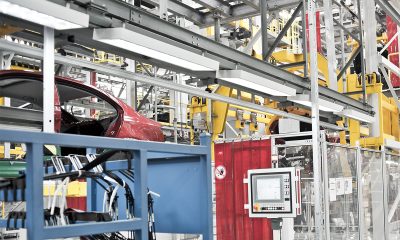
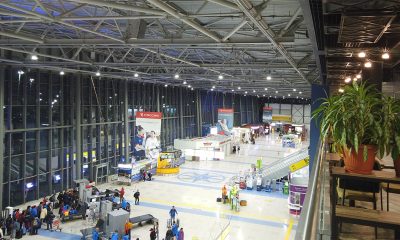
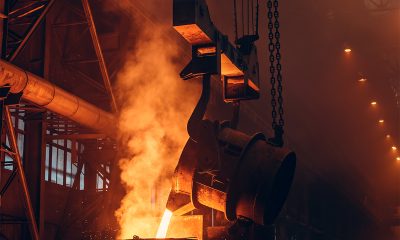
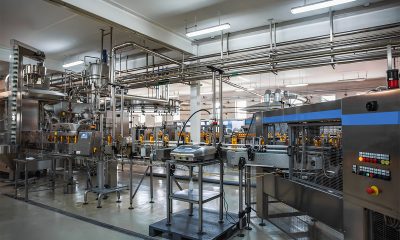
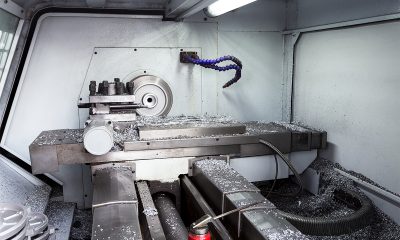
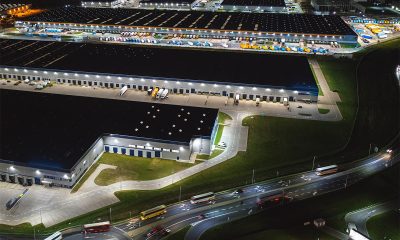
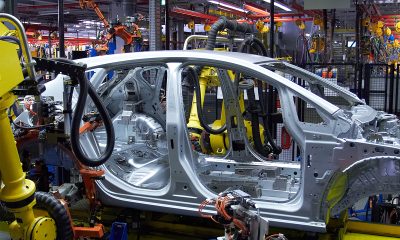
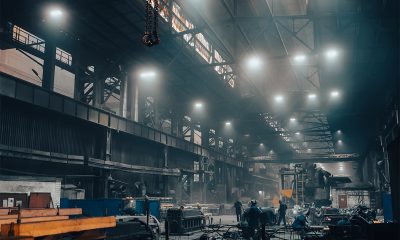
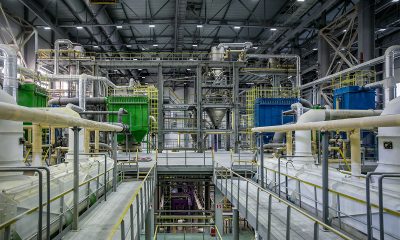





Loading...
New member
New member